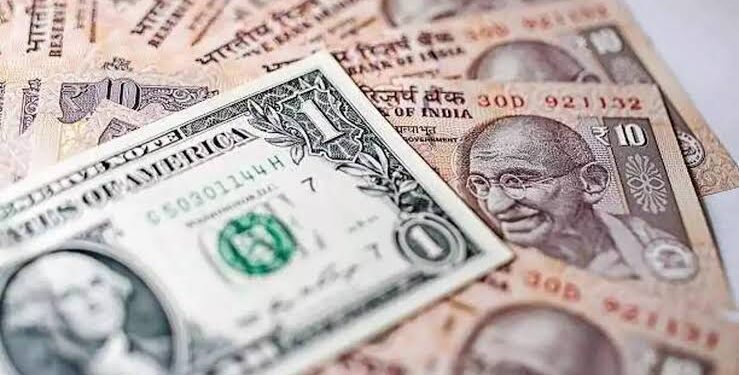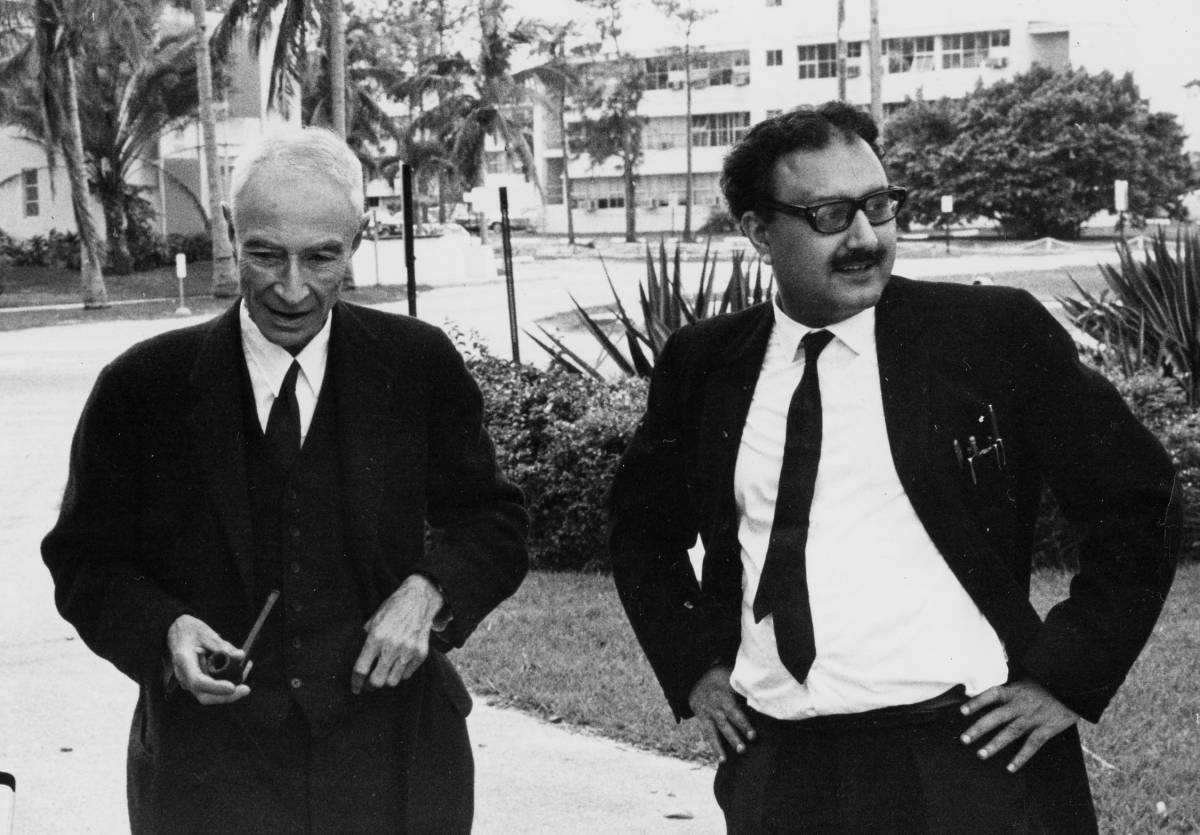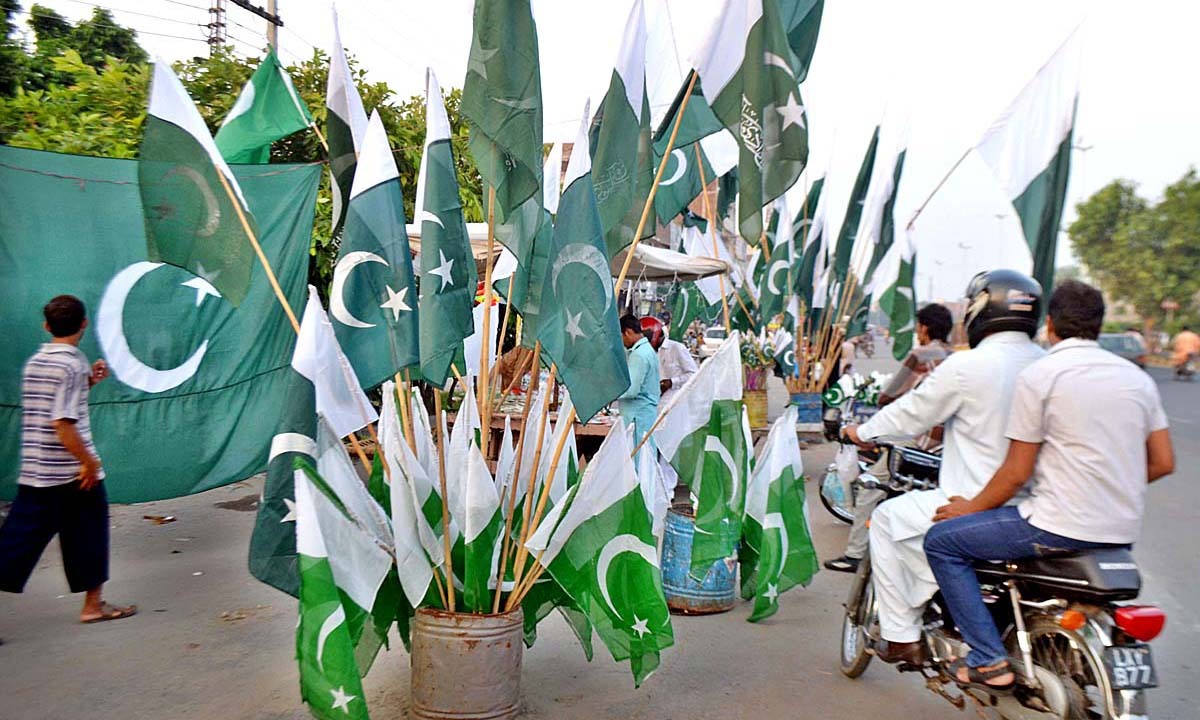India’s rupee faced significant pressure against the US dollar in early 2025. On Monday, the rupee dropped to an all-time low of 86.65. It narrowly avoided hitting a lifetime low of 87. By Thursday, the local currency saw a brief recovery, trading at 86.46. Despite this slight rebound, concerns about the rupee’s volatility remain strong.
RBI Intervenes to Prevent Rupee Crash
The Reserve Bank of India (RBI) has been accused of intervening in the currency markets. State-run banks reportedly dumped billions of US dollars to stabilize the rupee. Reuters confirmed these actions, citing traders who observed deliberate moves to cap the rupee’s fall. Reports suggest India intervened at least three times in 2024 and twice in 2025 to protect its currency.
A senior trader stated that the RBI allowed the USD/INR exchange rate to rise until bids thinned. Afterward, the central bank stepped in to control the increase. These measures indicate India’s heightened focus on preventing further depreciation of the rupee.
Impact of US Dollar Strength on Indian Economy
The rising strength of the US dollar has placed additional strain on India’s economy. A stronger dollar increases the cost of imports and exports. This drives up prices for businesses and consumers. Rising trade costs could lead to inflation, impacting essential goods and services. Citizens may face increased financial burdens, potentially sparking public discontent.
India, as a BRICS member, is particularly concerned about market disruptions caused by a stronger dollar. Other BRICS nations, including Russia and Brazil, are also experiencing similar challenges. The DXY index, which tracks the performance of the US dollar, recently breached the 110 mark. This highlights the dollar’s growing dominance in global trade and currency markets.
India’s Strategy to Mitigate Currency Risks
India’s government remains committed to limiting the rupee’s volatility. The RBI’s actions to dump US dollars signal a calculated approach to stabilize the currency. These measures aim to protect India’s imports, exports, and overall economic stability.
Analysts suggest India is pursuing de-dollarization strategies to reduce dependence on the US dollar. Other BRICS members, such as Russia and Myanmar, have already initiated local currency trade agreements. India may explore similar initiatives to strengthen the rupee and reduce vulnerability to dollar fluctuations.
BRICS and the Push for Economic Resilience
BRICS nations are exploring collaborative efforts to counter the US dollar’s dominance. While India faces immediate challenges, the broader BRICS agenda includes creating alternatives to dollar-based trade. This aligns with global trends toward de-dollarization and economic diversification.
India’s efforts to stabilize the rupee reflect broader concerns among emerging economies. The rising dollar impacts not only domestic markets but also global financial systems. India’s actions within BRICS may play a crucial role in shaping the future of international currency systems.
The coming months will test India’s ability to manage economic pressures and maintain stability in its currency markets. With BRICS nations pursuing collective strategies, the global financial landscape could witness significant shifts.
Related Stories:
De-dollarization Gains Momentum: 12 Countries Abandoned the US Dollar for Trade
BRICS Aims To ‘build’ Stronger Global Ties as Trump Takes Office: Brazil
Pakistan To Face Double Trouble if BRICS Threatened the US Dollar
















